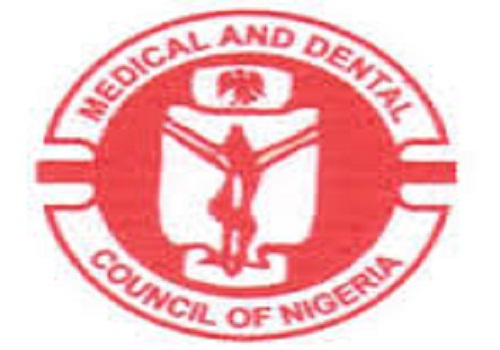Amidst nationwide disruption in healthcare services triggered by the week-long warning strike of the National Association of Nigeria Nurses and Midwives (NANNM), the Federal Medical Centre (FMC) in Yenagoa, Bayelsa State, has revealed how it averted potential fatalities through timely and strategic intervention.
The NANNM strike, which sought to draw attention to the welfare concerns of nurses across Nigeria, brought operations in many public hospitals to a standstill, with reports of patients being stranded, and in some instances, deaths recorded in overwhelmed facilities. But in Yenagoa, the story took a different turn.
Speaking in an exclusive interview with South-South Punch on Tuesday, the Public Relations Officer of the hospital, Mr. Ben Akpedi, said the hospital management swung into action immediately the strike commenced, ensuring that lives were not lost.
“We didn’t lose any patients as a result of the strike,” Akpedi declared. “The hospital stabilised those who could be stabilised and allowed their relatives to transfer them to private hospitals, while all those in critical condition were retained and carefully managed by top medical staff.”
According to Akpedi, this deliberate strategy proved effective in preventing casualties that could have otherwise occurred during the industrial action. He emphasized that the hospital’s leadership took the decision to prioritize critically ill patients, maintaining a skeletal team of senior medical professionals to provide round-the-clock care.
“If not for the urgent steps we took, the situation could have been tragic,” he added, reflecting on the severity of the challenge posed by the strike. “Our commitment was simple — no patient should die because of a labour dispute.”
He noted that during the peak of the strike, relatives of some stabilized patients opted to discharge their loved ones and seek care at private hospitals. However, he confirmed that with the return of normalcy, many of those patients have since been brought back to FMC Yenagoa for continued treatment.
“Everything is gradually returning to normal,” he said. “Patients who were moved to other facilities are now coming back, and our services are resuming in full.”
Eyewitness reports during the strike revealed a hospital environment that, although affected, remained relatively calm. Some patients were seen moving around certain wards, while senior doctors and other top-level staff remained on the ground, attending to emergency and high-dependency cases.
FMC Yenagoa’s approach during the strike has drawn quiet commendation from health observers and community members, particularly for its emphasis on contingency planning and patient-centered care in a time of crisis.
While the nurses’ strike highlighted systemic issues in Nigeria’s health sector — especially around remuneration and working conditions — the Federal Medical Centre Yenagoa has offered a glimpse into what responsive leadership and proactive healthcare management can achieve, even in the face of industrial adversity.



